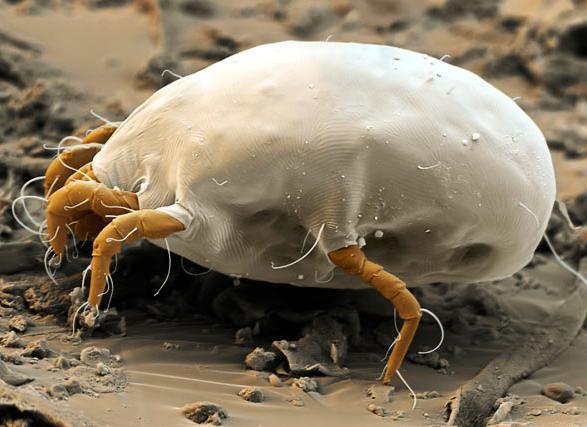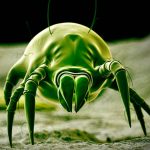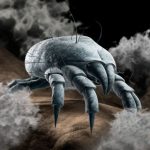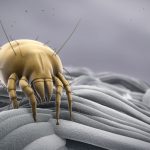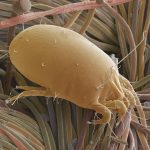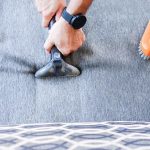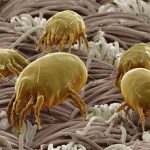Rubbing alcohol is among those valuable liquids used for DIY projects such as sterilizing, cleaning, and polishing everything from floors to bathrooms and sinks. Have you ever wondered how effective rubbing alcohol could be in killing dust mites?
Well, you should know that rubbing alcohol has been used for many years to battle against dust mites as well as bed bug problems.
However, if rubbing alcohol is useful in fighting against large arachnids, there are higher chances that it would eliminate dust mites. The best thing is that it is cheaper than other alternatives and does not contain any odor.
What Is Rubbing Alcohol?
Contents
- 1 What Is Rubbing Alcohol?
- 2 Does Rubbing Alcohol Kill Dust Mites?
- 3 How Does Rubbing Alcohol Kill Dust Mites?
- 4 Benefits Of Using Rubbing Alcohol for Dust Mites
- 5 How To Use Rubbing Alcohol to Kill Dust Mites
- 6 How To Use Rubbing Alcohol on Fabrics
- 7 Is Rubbing Alcohol Safe to Humans and Pets?
- 8 Other Natural Ways to Kill Dust Mites
- 9 Final Words
Rubbing alcohol is the best disinfectant used for killing bacteria, which means it is also effective in eradicating a large number of dust mites as well as bed bugs.
However, you should know that rubbing alcohol has proven to be useful in battling against bacteria. Rubbing alcohol is mostly used in cleaning, sterilizing, and polishing things like sinks, toilet seats, and door handles, where there are higher chances of getting bacteria.
Does Rubbing Alcohol Kill Dust Mites?
According to a recent study, rubbing alcohol has proven useful in eradicating dust mites and bed bugs. You can use it over shelves, floors, and even on hard surfaces because it helps destroy dust mites and fecal matter.
It is also vital to remove dead mites at once because these microscopic pests contain protein, making people allergic to dust mites.
However, even if you have normal allergies, you will still get bothered by dead dust mites, and their poop contains that allergen protein. But rubbing alcohol helps in eradicating allergen particles.
How Does Rubbing Alcohol Kill Dust Mites?
There is plenty of information claiming that rubbing alcohol can effectively kill dust mites, but you should know that it is a drying agent. Rubbing alcohol indeed helps in removing the moisture from the infected area to prevent their breeding process.
However, there is no such explanation regarding how rubbing alcohol would eliminate the dust mites. That means there is a need for further studies regarding how rubbing alcohol works on dust mites.
And rubbing alcohol is patented for controlling dust mites, and a recent study also suggests that it might be effective in eliminating dust mites. Benzyl benzoate is one of the lethal agents recommended for controlling dust mites.
Benefits Of Using Rubbing Alcohol for Dust Mites
If you consider rubbing alcohol to control the allergen particles of dust mites, it could be due to several reasons. Those are discussed below:
- Organic substance
- Environmentally friendly
- Inexpensive
- Chemical-free and highly safe for families.
- Antimicrobial and disinfectant
- It can be used for DIY projects.
Rubbing alcohol is most often used to disinfect bacteria-laden areas such as sinks, toilet seats, and door handles.
How To Use Rubbing Alcohol to Kill Dust Mites
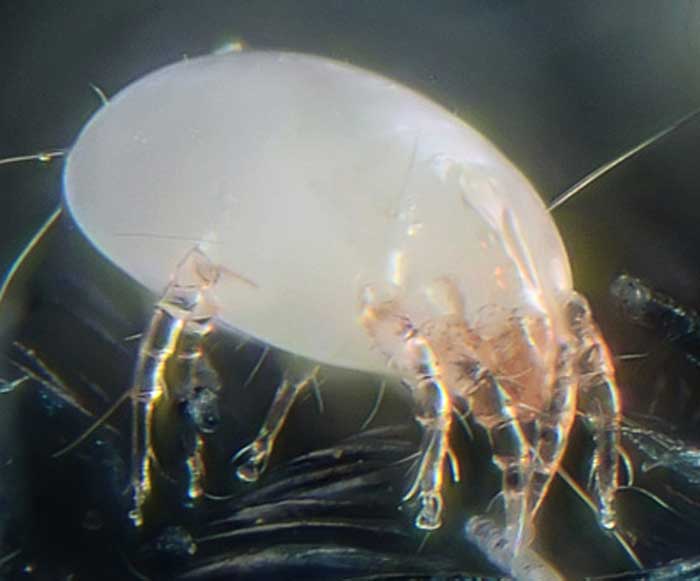
Rubbing alcohol could be an effective solution for killing dust mites on shelves, floors, and even hard surfaces.
All you have to do is dissolve the alcohol with some water and spray it over the affected area. The disinfectant will remove the moisture and even kill the dust mites because the acid can eat substances and leftovers of dead dust mites.
You should know that even their poop can spread allergies, so it is better to use rubbing alcohol to remove those substances effectively.
Steps to follow
- First, take five tablespoons of rubbing alcohol and mix it with water (one gallon).
- After that, spray it over the piece of fabric but ensure that it does not leave a stain.
- Once you have done this, use rubbing alcohol to remove dust mites
How To Use Rubbing Alcohol on Fabrics
When it comes to eliminating dust mites, there are most problems between your couches and beds. You might be wondering whether you should apply to rub alcohol on your bed and couch or not. Well, rubbing won’t do any harm to your beds and couches because it dries faster and possesses no scent.
It is the best way to kill bacteria present in your pillow. Dust mites are likely to live inside the pillows and mattresses, which means spraying rubbing alcohol won’t weed out deep dust mites. And it can only get rid of the dust mite layer on the top.
Process Of Using Rubbing Alcohol
- When washing clothes, sheets, and pillows, you should add two tablespoons of rubbing alcohol to clean.
- The rubbing alcohol will eliminate the bacteria present in the fabric and remove any fecal matter left behind by dead dust mites.
Is Rubbing Alcohol Safe to Humans and Pets?
Rubbing alcohol can be lethal for human beings. This is the reason why it is absorbed faster into your skin.
You should know that Rubbing alcohol has highly flammable properties, which means it will catch fire when placed near open flame, heat, or sparks.
It would be better for you to wear protective clothing and gear and ensure that you use the Rubbing alcohol in your work environment.
You should also ensure that the area is well ventilated and remember to have a wash station near your work area.
Other Natural Ways to Kill Dust Mites
As discussed above, no single solid research states that using Rubbing alcohol will help kill dust mites.
It would be better for you to use dust mite sprays, which have proven to be more effective in eradicating dust mites.
So, you could find other natural ways to kill dust mites. Some of them are listed below:
- You can use natural dust mite sprays to control the growth of dust mites.
- You can even use the combination of baking soda and essential oils to eliminate dust mites effectively.
Final Words
Now you know how effective Rubbing alcohol could be for killing dust mites in your house. Rubbing alcohol is among the fastest ways to get rid of unwanted bacteria.
